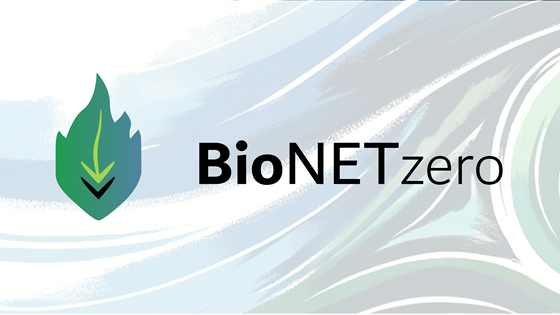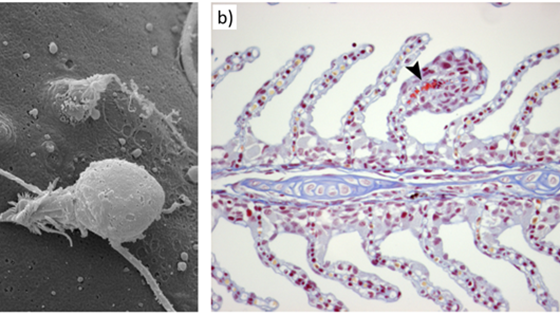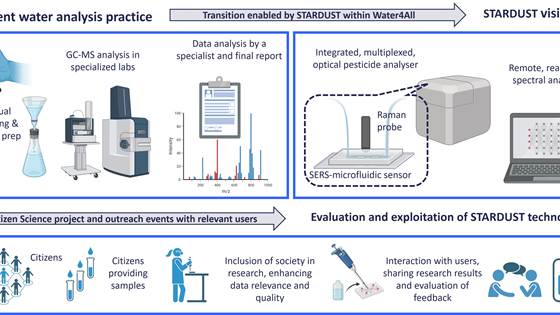
Development of coupled offshore and onshore grids – KSP DeCOOP
The DeCOOP project develops methods and models to plan coupled offshore and onshore power grids that are robust and cost-efficient and that enables large-scale offshore wind integration.

The DeCOOP project develops methods and models to plan coupled offshore and onshore power grids that are robust and cost-efficient and that enables large-scale offshore wind integration.

To succeed with industrialising kelp farming, we need to develop new solutions to reduce costs across the entire biomass production phase.

This evaluation project is part of a larger study on resource utilization in the air ambulance services. For a period of five months in 2024, Emergency Medical Communication Centre (AMK) Sør-Trøndelag has been piloting the presence of an on-site AMK...

Expanding wind power generation will help meet net-zero emission targets, but this expansion must be done in a way that minimises harm to wildlife.

The JellySafe project (FHF/ 901941) aims to develop the tools and knowledge necessary to monitor, manage and mitigate the impacts of barbed-wire jellyfish (Apolemia spp.) on farmed salmon.

Integrated oxy-combustion solutions for flexible, bio-based combined heat and power

The global food system is currently facing great challenges, motivated by climate change, population growth, environmental and health-related concerns. Existing food resources are not efficiently exploited, and the unhealthy dietary habits of modern...

A comprehensive approach to creating materials banks from the built environment

The BIOCLOSED project focuses on cage environments in commercial, closed cages in the sea, to ensure good fish welfare and fish health.

The aquaculture industry invests significant resources to ensure optimal fish health, welfare, and survival until harvest. The primary goal is to reduce the proportion of fish that die before regular slaughter. However, utilizing the mortalities that...

The main objective of the project is to develop food ingredients and products based on innovative processing of cultivated brown algae.

The outcome of this project will lead to an improved process for dissolving and refining Ir, Ru and other PGMs from existing and potentially growing wastes, i.e., PEM electrolysers.

The main objective of the project is to develop a non-lethal PCR based assay that can detect and quantify stinging cells in gill mucus swabs and water samples.

The aim of this project is to develop a unique optical system to monitor pesticides in water. Combined with passive sampling and Citizen Science we aim at understanding the impact of extreme hydroclimatic events on the occurrence and persistence of...

The purpose of the project is to develop new knowledge as well as an integrated model to predict and assess the production environment for new production concepts and locations for exposed aquaculture and offshore aquaculture.

The goal of this project is to improve the performance of the OPM Flow reservoir simulator by exploiting GPU acceleration.

The DigiBygg project aims to achieve fast and cost-effective production of detailed digital building models, which will promote broader adoption of digital processes in the building sector.

A transdisciplinary project addressing the deep energy renovation of heritage buildings.